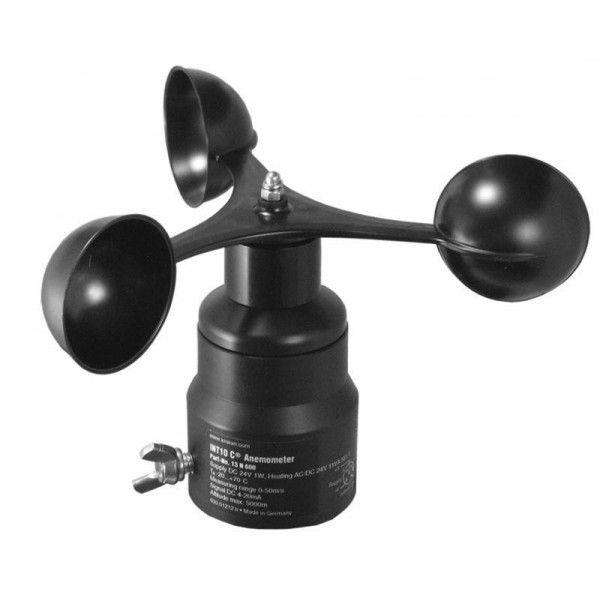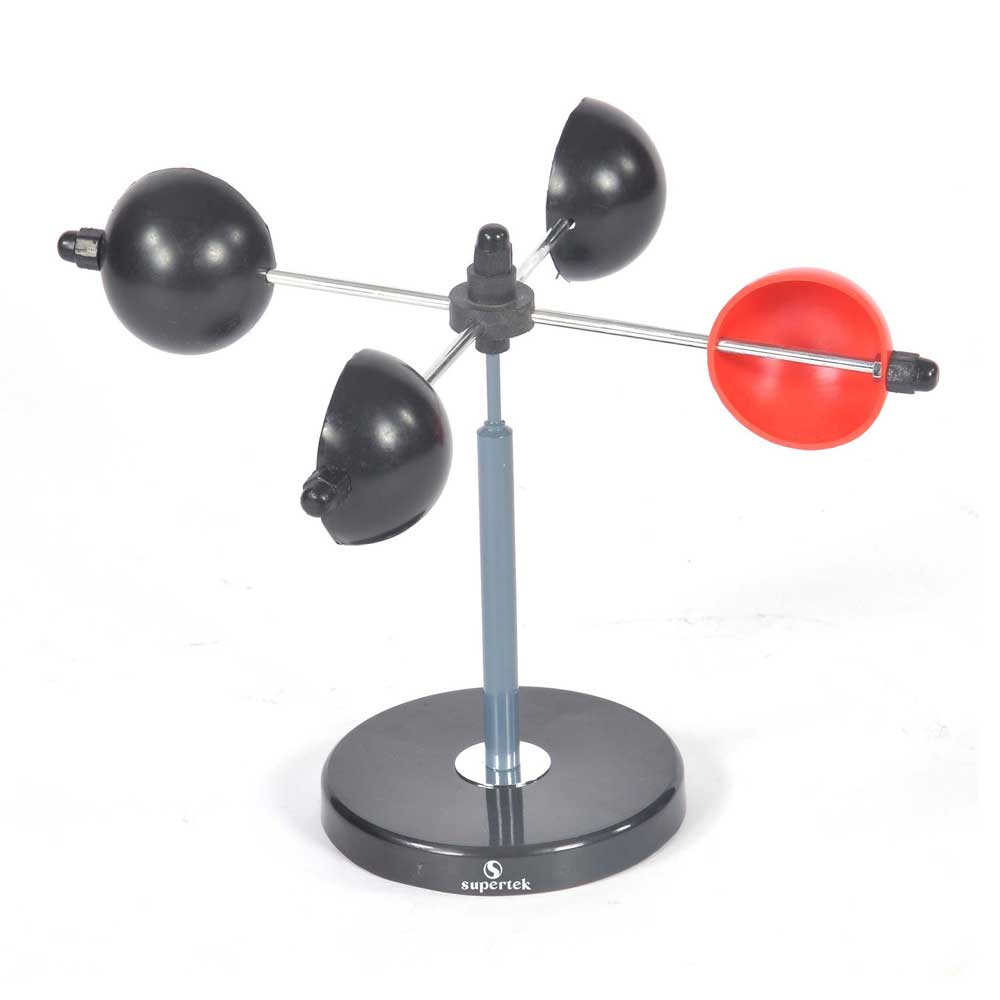How an Anemometer Can Improve Your Weather Monitoring System
How an Anemometer Can Improve Your Weather Monitoring System
Blog Article
All You Need to Know About Anemometers: How They Function, Why They Matter, and Where to Use Them
Anemometers, though usually forgotten in the realm of scientific instruments, play a critical duty in various fields, using useful insights into wind speed and air movement patterns. As we dig into the intricacies of anemometer innovation, we will certainly uncover the internal functions of these gadgets, their significance, and the essential considerations when picking the right anemometer for certain applications.

Anemometer Basics
A crucial tool used to gauge wind rate and direction, the anemometer plays a critical function in meteorology and different industries. An anemometer normally consists of three or four mugs that revolve in the wind, a vane that points into the wind, and sensing units to track the rotations or motions. By calculating the turnings or motions over a particular time duration, the anemometer can identify wind rate. The vane assists figure out wind instructions by pointing into the wind, providing important data for weather condition forecasting, aviation, maritime procedures, ecological tracking, and wind power applications.
There are various types of anemometers offered, consisting of cup anemometers, vane anemometers, hot-wire anemometers, and sonic anemometers, each with its special features and applications. Mug anemometers are frequently utilized for fundamental wind speed measurements, while vane anemometers are chosen for directional dimensions.
Concepts of Anemometer Operation
Building on the foundational understanding of anemometer basics, the concepts of anemometer operation clarify the mechanics behind wind rate and direction measurements. Cup anemometers, for instance, have 3 or more mugs that capture the wind, causing them to spin quicker as the wind rate boosts. Hot-wire anemometers rely on a warmed wire that cools down as wind passes over it, with the price of cooling down figuring out the wind rate.
Value of Anemometers
The importance of anemometers in meteorology and numerous sectors can not be overstated. Anemometers play a critical function in determining wind speed and instructions, providing crucial information for weather forecasting, climate research studies, ecological monitoring, and aeronautics operations. Meteorologists rely upon anemometers to gather exact wind data, aiding them recognize weather patterns, predict storms, and issue timely warnings to the public. In markets such as building and construction, agriculture, renewable resource, and maritime operations, anemometers are used to enhance processes, ensure safety, and boost Learn More Here performance. Wind ranch operators utilize anemometers to assess wind problems and maximize electrical power manufacturing from wind generators. In the maritime industry, anemometers help ship navigation by providing real-time wind details to captains, helping them make notified decisions to guarantee secure trips. Overall, anemometers are important devices that contribute dramatically to safety, efficiency, and notified decision-making in weather forecasting and a large range of sectors.
Applications Across Different Industries
Applications of anemometers cover across diverse industries, showcasing their versatility and utility beyond weather forecasting. In the eco-friendly energy field, anemometers play an essential duty in assessing wind problems for wind farm placements, guaranteeing optimum power production. Industries like construction and mining utilize anemometers to keep track of wind speeds, critical for safety and security methods, particularly when working at heights or in open-pit mines where solid winds can present risks. Anemometers are additionally integral in the air travel sector, assisting pilots in recognizing airspeed and wind instructions for secure liftoffs and landings. The maritime sector benefits from anemometers for ship navigating, assisting seafarers expect weather adjustments and adjust routes right here accordingly. In agriculture, anemometers help farmers in taking care of plant spraying by supplying real-time data on wind speed to avoid drift. In addition, anemometers locate applications in a/c systems to maximize airflow and boost energy effectiveness in buildings. The varied use cases of anemometers underscore their importance across numerous industries, highlighting their essential function in boosting functional safety and efficiency (anemometer).

Selecting the Right Anemometer for Your Needs
For basic functions, a cup anemometer is appropriate for gauging wind speed, while a vane anemometer provides wind direction information. Hot-wire anemometers are ideal for reduced airspeed dimensions, and ultrasonic anemometers provide high precision and durability.

Verdict
In verdict, anemometers play a critical function in measuring wind rate and direction across various sectors. It is essential to consider the relevance of anemometers in order to make informed decisions when choosing the most ideal device for determining wind conditions.
There are numerous kinds of anemometers offered, including cup anemometers, vane anemometers, hot-wire anemometers, and sonic anemometers, each with its distinct functions and applications. Cup anemometers are frequently made use of for basic wind speed dimensions, while vane anemometers are favored for directional dimensions. Hot-wire anemometers are ideal for reduced airspeeds, and sonic anemometers are suitable for high-precision measurements in study and commercial settings.Structure on the foundational understanding of anemometer fundamentals, the concepts of anemometer procedure elucidate the mechanics behind wind rate and instructions measurements. For general objectives, a cup anemometer is appropriate for gauging wind speed, while a vane anemometer supplies wind instructions information.
Report this page